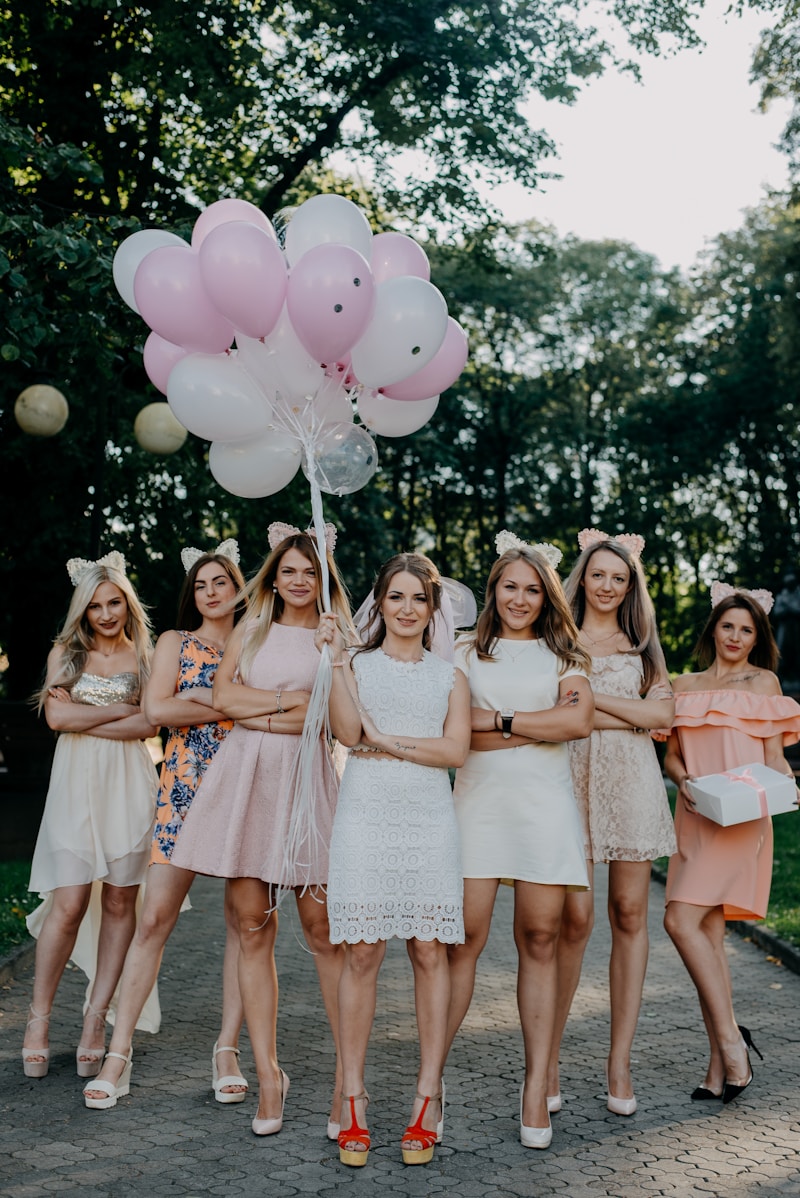Exploring Traditional Wedding Veil Styles: A Guide to Elegance and Cultural Significance
The Timeless Charm of Traditional Wedding Veils
Wedding veils have long been a symbol of purity, modesty, and tradition within many cultures. From grand ceremonies to intimate gatherings, the wedding veil is a crucial element of a bride's ensemble. In this article, we will explore various traditional wedding veil styles, their meanings, and how they can transform a bride's look on her special day. Let’s dive into the beautiful world of wedding veils!
Understanding the Importance of Wedding Veils
Wedding veils can vary in length, fabric, and style, each holding different significance in various cultures. Historically, veils were used to shield the bride from evil spirits and were meant to signify her virginity and modesty. Today, wedding veils hold sentimental value and add a layer of elegance to a bride's attire.
Different Styles of Traditional Wedding Veils
There is a rich variety of traditional wedding veil styles that brides can choose from, depending on their cultural background and personal taste. Here are some popular styles:
| Veil Style | Description | Length |
| Blusher | A short veil that covers the bride's face, often worn for the ceremony and then flipped back. | Fingertip Length |
| Catherine | A long, elegant veil made from tulle, often used in royal weddings. | Floor Length |
| Chapel | A classic veil that extends to the floor, adding an air of formality. | Longer than Chapel Length |
| Mantilla | A traditional Spanish veil, often made of lace, worn over the head and shoulders. | Varies |
| Cathedral | An extravagant, long veil that creates a dramatic effect, trailing behind the bride. | Extra Long |
Bridal Veil Styles Around the World
Different cultures celebrate weddings in unique ways, and the styles of wedding veils can vary widely. Here’s an overview of several traditional bridal veil styles from around the globe:
Western Weddings
In Western cultures, the most common veil styles include the blusher and the cathedral veil. The blusher is worn over the face, adding an element of surprise when the groom lifts it during the ceremony. The cathedral veil is known for its length and grandeur, making it a favorite among brides looking for a touch of drama.
Indian Weddings
In many Indian weddings, brides often wear dupattas or chunaris that serve as veils. These garments are richly decorated with embroidery and are usually vibrant in color, adding a cultural significance to the attire. The veils symbolize modesty and tradition, often featuring intricate patterns that tell a story of heritage.
Chinese Weddings
Chinese brides may wear a phoenix crown and a red veil, symbolizing good fortune and happiness. The veil is typically made from vibrant red fabric adorned with gold embroidery, adding cultural richness to the wedding attire.

Choosing the Right Veil for Your Wedding
When selecting a wedding veil, it’s essential to consider factors like the style of your dress, the theme of your wedding, and your personal tastes. Here are some tips to help you choose the perfect veil:
1. Match with Your Dress
The veil should complement your wedding dress. For heavily embroidered dresses, opt for a simpler veil. Conversely, if your dress is minimalistic, a more elaborate veil can add interest.
2. Consider Your Wedding Venue
The location of your wedding can greatly influence your veil choice. For a Garden wedding, lighter, airy fabrics may suit well, while a cathedral or formal venue might call for a longer and more opulent veil.
3. Think About Your Hairdo
Your hairstyle can also affect the length and style of the veil. If you plan to wear your hair down in loose waves, a long veil cascading down your back can create a stunning look. For updos, a blusher or fingertip veil can add elegance without overwhelming your hairstyle.
Traditional Veils and Modern Trends
While traditional wedding veils are timeless, modern brides may choose to adapt these styles to fit contemporary trends. Many are opting for non-traditional colors like blush or champagne, or styles that incorporate floral or lace details for a more personalized touch.
How to Accessorize Your Wedding Veil
Accessorizing your wedding veil can elevate your bridal look. Consider adding hairpins, floral accents, or even a tiara to enhance your style. These accessories should harmoniously blend with your veil to create a cohesive look.
Conclusion: The Essence of Traditional Wedding Veil Styles
Traditional wedding veil styles carry significant cultural meanings and add elegance to bridal attire. Whether you opt for a classic cathedral veil or a more contemporary style, the veil enhances your overall wedding look and brings a piece of tradition to your special day. As you plan for your wedding, consider the various styles and their backgrounds, and embrace the beauty they add to this cherished occasion. Remember to choose a veil that resonates with your personal style and complements your dress, venue, and overall theme. Happy planning!